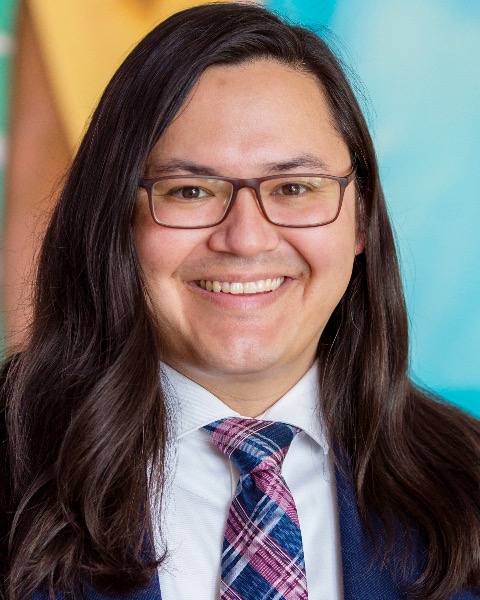Neonatal Pulmonology - Basic/Translational Science 3
Session: Neonatal Pulmonology - Basic/Translational Science 3
315 - Cryopreservation of Precision Cut Lung Slices from Fetal Rhesus Macaque Preserves Lung Morphology with Minimal Decrease in Tissue Viability
Monday, April 28, 2025
7:00am - 9:15am HST
Publication Number: 315.4059
Joshua Sheak, Cincinnati Children's Hospital Medical Center, Mason, OH, United States; Joseph Stevens, Cincinnati Children's Hospital Medical Center, Cincinnati, OH, United States; Andrea Toth, Cincinnati Children's Hospital Medical Center, Cincinnati, OH, United States; Alyssa Sproles, CCHMC, Cincinnati, OH, United States; Lisa Miller, UC Davis, Davis, CA, United States; Ian Lewkowich, Cincinnati Children's Hospital Medical Center, Cincinnati, OH, United States; Claire A. Chougnet, Cincinnati Children's Hospital Medical Center, Cincinnati, OH, United States; Hitesh Deshmukh, Cincinnati Children's Hospital Medical Center, Cincinnati, OH, United States; William Zacharias, Cincinnati Children's Hospital Medical Center, Cincinnati, OH, United States

Joshua Sheak, MD, PhD (he/him/his)
Neonatology Fellow
Cincinnati Children's Hospital Medical Center
Mason, Ohio, United States
Presenting Author(s)
Background: Early life stressors such as chorioamnionitis lead to inflammatory lung injury. Using a pre-clinical, non-human primate (rhesus macaque) model of chorioamnionitis where lipopolysaccharide (LPS) is injected in utero, our group has demonstrated that LPS-exposure leads to pulmonary alveolar epithelial and endothelial cell injury and associated alveolar simplification, hallmarks of chronic lung disease in neonates. Precision cut lung slices (PCLS) are an emerging technology where fresh lung tissue is sectioned and then either cultured or cryopreserved and banked. PCLS expands available tissue, at relevant stages of lung development, and, if viable, offers an ex vivo avenue for evaluation of mechanisms underlying LPS-induced lung injury.
Objective: Evaluate the viability of PCLS generated from fetal rhesus macaque lungs collected from both saline-exposed control and LPS-exposed animals.
Design/Methods: Rhesus dams at gestational day (GD) 130 (~80% term gestation) received an intra-amniotic injection of either saline control or LPS (1 mg/mL). Hysterotomies were performed 16 hours after injection with delivery of the fetus. Right lungs were collected from fetal rhesus, agarose (3%) inflated, sectioned on a vibratome, and used in tissue culture or cryopreserved for later culture. Tissue viability of fresh and cryopreserved PCLS was evaluated by quantification of caspase-3 activity and MTT (3-(4,5-dimethylthiazol-2-yl)-2,5-diphenyltetrazolium bromide) conversion and histology. Lung architecture was evaluated using hematoxylin and eosin (H&E) staining, and immunohistochemistry (IHC) was used to evaluate cellular composition. Additionally, PCLS were exposed in vitro to LPS (10 μg/mL) and pro-inflammatory cytokines IL1β and TNFα (10 ng/mL each) to evaluate tissue response to inflammatory stress.
Results: Lung architecture, viability, and cellular composition were well preserved in PCLS despite cryopreservation. PCLS treated with LPS or IL1β/TNFα secreted inflammatory cytokines. Histological comparison of LPS or IL1β/TNFα to vehicle control shows no evidence of lung injury or interruption to the developing alveolar/endothelial interface suggesting that inflammation-induced lung injury is likely due to infiltrating immune cells, and not direct LPS, or structural cell-derived cytokine signaling.
Conclusion(s): Rhesus PCLS preserves developing lung architecture and remains viable following cryopreservation. Additionally, culture of cryopreserved PCLS preserves tissue viability for up to 1 week. Rhesus PCLS responds to inflammatory stimuli in culture supporting use in studies to complement in vivo work in primates.

